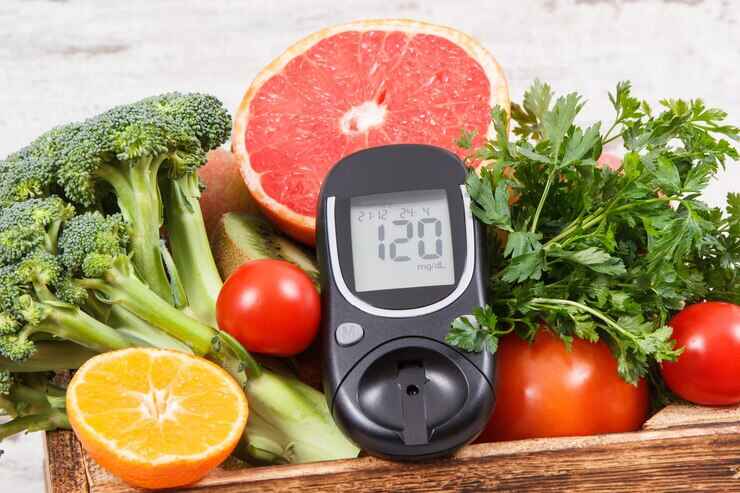Glycemic Index in Diets: Beyond Diabetes Control

Welcome, folks! Today, we’re diving into something that often buzzes around the health and nutrition world, yet many of us find it wrapped in a bit of mystery: the glycemic index of diets. Now, you might have heard about glycemic index in passing, maybe in relation to diabetes, but there’s a whole world beyond that. So, grab your favorite snack (I’ll wait), and let’s unfold this topic together in a chatty and friendly manner.
What is the Glycemic Index?
First off, let’s talk about what the glycemic index (GI) actually is. Imagine this: not all carbs are the players in your body’s energy game. Some are sprinters; they give you a quick burst of energy. Others are more like marathon runners, releasing energy slowly into your bloodstream. The glycemic index is basically a scorecard that tells you how fast your body converts carbs into glucose.
- Low GI foods (55 or less): Think of your legumes, whole grains, nuts, and that juicy apple you love.
- Medium GI foods (56-69): This includes your sweet corn, pineapple, and certain kinds of rice.
- High GI foods (70 or above): Here we’re looking at white bread, potatoes, and short-grain rice.
Understanding GI is kind of like learning the rules of a game. Once you know how different foods play, you can make better choices for your health’s team.
Beyond Diabetes: The Wider Implications
Now, for the longest time, GI was the go-to reference for people with diabetes. And yes, it’s incredibly useful for managing blood sugar levels. But guess what? Its importance stretches much wider.
Weight Management
Here’s a personal tidbit: when I started paying attention to the glycemic index of foods, I noticed a shift in my energy levels and, gradually, my weight. That’s because low-GI foods can help you feel fuller longer and keep those pesky hunger pangs at bay.
Cardiovascular Health
And it’s not just about the scales. Studies suggest that a low-GI diet supports heart health. Foods with a lower glycemic index help maintain a healthier cholesterol level. Picture this: you, enjoying your oats in the morning, doing a big favor to your heart.
Energy Levels
Remember how I mentioned sprinters and marathon runners? Eating more low-GI foods means having a steady supply of energy. No more ups and downs. You can say goodbye to that mid-afternoon slump that has you eyeing the couch for a quick nap.
Personal Stories and Subjective Thoughts
Let me get a bit personal here. A friend of mine, let’s call her Jamie, made a switch to a lower glycemic index diet. Her energy levels? Through the roof. Her words, not mine. She also found herself snacking less between meals because she didn’t feel as hungry. Jamie’s story really highlights the everyday benefits of understanding and applying the glycemic index to our diets.
The Bottom Line
So, here we are, at the end of our little chat on the glycemic index of diets. Remember, it’s not just a tool for managing diabetes—it’s a guide that can lead us to healthier eating habits, better weight management, improved cardiovascular health, and more stable energy levels throughout the day.
Let’s not look at the glycemic index as a strict rulebook but as a friendly guide. It invites us to make choices that could lead us to a healthier and perhaps, a more energetic life.
And hey, as we part ways today, I encourage you to maybe pick one low-GI food you enjoy and see how you can incorporate it more into your meals. Small steps, big changes, right? Thanks for sticking around, and here’s to making informed food choices together!
Also Read: Immune Boosting: Science-Based Strategies for a Stronger Immune System